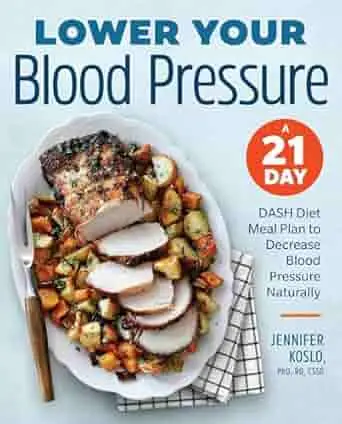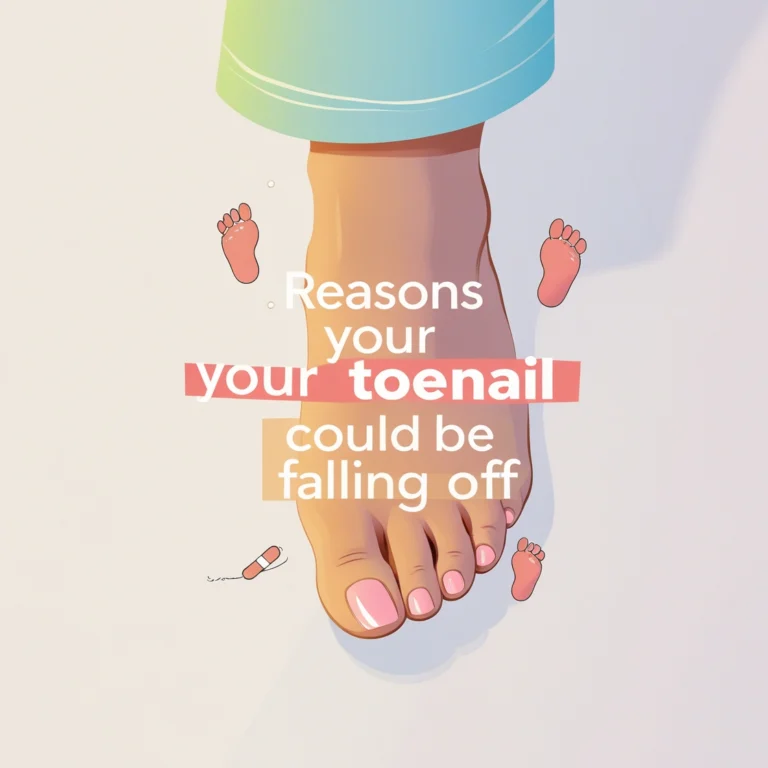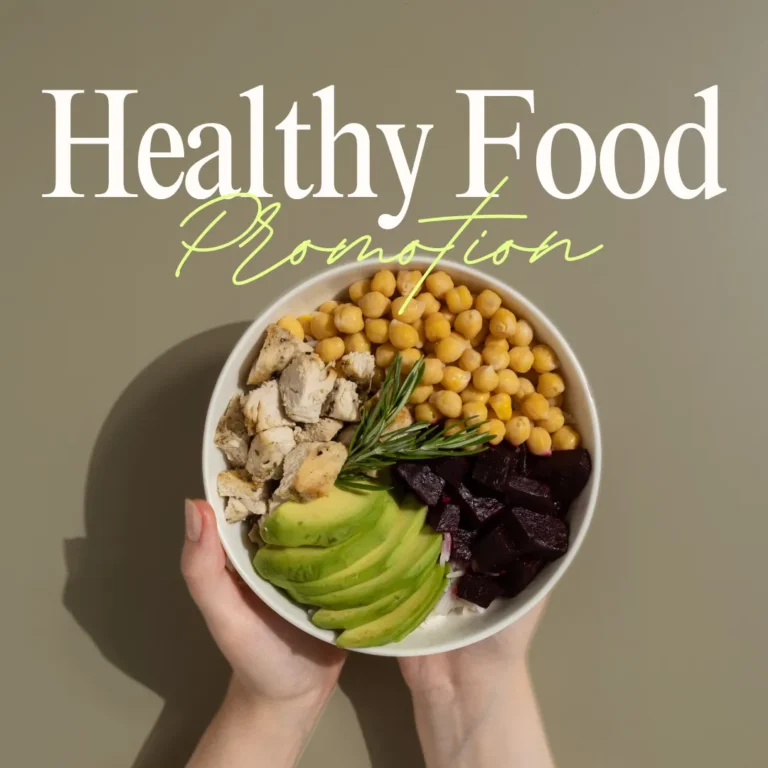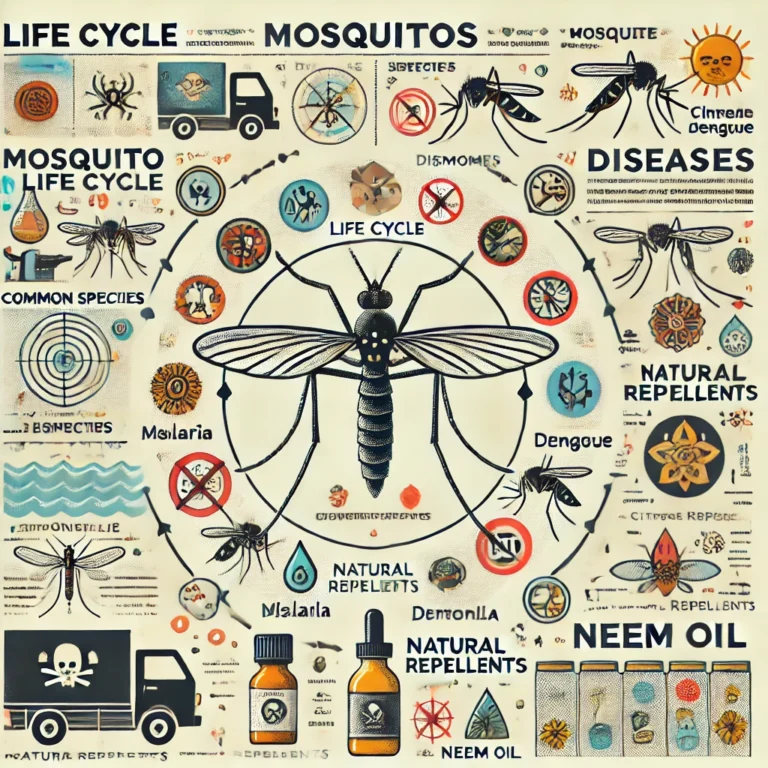lower blood pressure
lower blood pressure. Fewer than half of people with high blood pressure have it under control. The problem: When your pressure is too high for too long, it can stretch and damage your arteries.
The resulting health problems can include heart disease, heart failure, stroke, kidney damage, vision loss, memory loss and cognitive decline. So it’s important not to brush off high blood pressure. Your first line of defense: Try these lifestyle changes as natural ways to lower blood pressure. Try these lifestyle changes as natural ways to lower blood pressure.

Lower Your Blood Pressure: A 21-Day DASH Diet Meal Plan to Decrease Blood Pressure Naturally
There are ways to help treat high blood pressure that don’t require medications with unpleasant side effects. Lower Your Blood Pressure provides you with the guidance you need to manage your hypertension with the foods you eat. It’s also filled with heart-healthy advice and delicious DASH (Dietary Approaches to Stop Hypertension) diet recipes.
5 ways to control high blood pressure without medication
If you have high blood pressure, you may wonder if you need to take medicine to treat it. But lifestyle changes play a vital role in treating high blood pressure. Controlling blood pressure with a healthy lifestyle might prevent, delay or lessen the need for medicine.

1. Lose extra weight and watch your waistline
Blood pressure often increases as weight increases. Being overweight also can cause disrupted breathing while you sleep, a condition called sleep apnea. Sleep apnea further raises blood pressure.
Weight loss is one of the best ways to control blood pressure. If you’re overweight or have obesity, losing even a small amount of weight can help lower blood pressure. Blood pressure is measured in millimeters of mercury (mm Hg). In general, blood pressure might go down by about 1 mm Hg with each kilogram (about 2.2 pounds) of weight lost.
2. Exercise regularly
Regular aerobic exercise can lower high blood pressure by about 5 to 8 mm Hg. It’s important to keep exercising to keep blood pressure from rising again. As a general goal, aim for at least 30 minutes of moderate physical activity every day.
Exercise also can help keep elevated blood pressure that’s slightly higher than ideal from turning into high blood pressure, also called hypertension. For those who have hypertension, regular physical activity can bring blood pressure down to safer levels.
3. Eat a healthy diet
Eating a diet rich in whole grains, fruits, vegetables and low-fat dairy products and low in saturated fat and cholesterol can lower high blood pressure by up to 11 mm Hg. Examples of eating plans that can help control blood pressure are the Dietary Approaches to Stop Hypertension (DASH) diet and the Mediterranean diet.
Potassium in the diet can lessen the effects of table salt and sodium on blood pressure. Food makers often add sodium to processed foods to make them taste salty. Aim for 3,500 to 5,000 milligrams (mg) of potassium a day. It may lower blood pressure 4 to 5 mm Hg. Ask your healthcare professional how much potassium you should have.
4. Reduce salt and sodium in your diet
Even a little less sodium in the diet can improve heart health and blood pressure. Sodium’s effect on blood pressure varies among groups of people. In general, limit sodium to 2,300 mg a day or less. But for most adults, it’s ideal to limit sodium to 1,500 mg a day or less. Doing that may lower high blood pressure by about 5 to 6 mm Hg.
To lower sodium in the diet:
- Read food labels. Look for low-sodium versions of foods and drinks.
- Eat fewer processed foods. Only a small amount of sodium occurs naturally in foods. Most sodium is added during processing.
- Don’t add table salt. Use herbs or spices to add flavor to food.
- Cook. Cooking lets you control the amount of sodium in the food.
5. Get a good night’s sleep
Getting fewer than seven hours of sleep every night for weeks can play a role in hypertension. Conditions that can disrupt sleep include sleep apnea, restless leg syndrome and general sleeplessness, also called insomnia.
Adults should aim to get 7 to 9 hours of sleep every night. Let your healthcare professional know if you often have trouble sleeping. Finding and treating the cause can help improve sleep. But if you don’t have sleep apnea or restless leg syndrome, follow these simple tips for getting more restful sleep.
- Stick to a sleep schedule. Go to bed and wake up at the same time each day. Try to keep the same schedule on weeknights and on weekends.
- Create a restful space. That means keeping the sleeping space cool, quiet and dark. Do something relaxing in the hour before bedtime. That might include taking a warm bath or doing relaxation exercises. Turn off or dim bright light, such as from a TV, phone or computer screen.
- Watch what you eat and drink. Don’t go to bed hungry or too full. Try not to have large meals close to bedtime. Limit or avoid nicotine, caffeine and alcohol close to bedtime as well.
- Limit naps. For those who find napping during the day helpful, limit naps to 30 minutes and take them earlier in the day. You may sleep better at night.
What is high blood pressure?
High blood pressure is when the force of blood pushing against your artery walls is consistently too high. This damages your arteries over time and can lead to serious complications like heart attack and stroke. “Hypertension” is another word for this common condition.
Healthcare providers call high blood pressure a “silent killer” because you usually don’t have any symptoms. So, you may not be aware that anything is wrong, but the damage is still occurring within your body.
Blood pressure (BP) is the measurement of the pressure or force of blood pushing against blood vessel walls. Your BP reading has two numbers:
- The top number is the systolic blood pressure, which measures the pressure on your artery walls when your heart beats or contracts.
- The bottom number is the diastolic blood pressure. This measures the pressure on your artery walls between beats when your heart is relaxing.
Healthcare providers measure blood pressure in millimeters of mercury (mmHg).
How do I know if I have high blood pressure?
Getting your blood pressure checked is the only way to know if it’s too high. You can do this by seeing a healthcare provider for a yearly checkup, even if you feel healthy. You won’t feel sick if you have high blood pressure. So, these checkups are crucial and can be life-saving. If your BP is above the normal range, your provider will recommend lifestyle changes and/or medications to lower your numbers.
What is considered high blood pressure?
Definitions of high blood pressure vary slightly depending on where you live. In the U.S., healthcare providers define high blood pressure (hypertension) as:
- A top number (systolic blood pressure) of at least 130 mmHg, and/or
- A bottom number (diastolic blood pressure) of at least 80 mmHg.
In Europe, healthcare providers define hypertension as:
- A top number of at least 140 mmHg, and/or
- A bottom number of at least 90 mmHg.
How common is high blood pressure?
High blood pressure is very common. It affects 47% of adults in the U.S. This equals about 116 million people. Of those, 37 million have a blood pressure of at least 140/90 mmHg.
High blood pressure caused or contributed to over 670,000 deaths in the U.S. in 2020.
The World Health Organization estimates that globally, over 1.2 billion people ages 30 to 79 have hypertension. About 2 in 3 of those individuals live in low- or middle-income countries.
What are the types of high blood pressure?
Your provider will diagnose you with one of two types of high blood pressure:
- Primary hypertension. Causes of this more common type of high blood pressure (about 90% of all adult cases in the U.S.) include aging and lifestyle factors like not getting enough exercise.
- Secondary hypertension. Causes of this type of high blood pressure include different medical conditions or a medication you’re taking.
Primary and secondary high blood pressure (hypertension) can co-exist. For example, a new secondary cause can make blood pressure that’s already high get even higher.
Blood pressure categories
In 2017, the American College of Cardiology and American Heart Association issued new blood pressure guidelines. Healthcare providers in the U.S. use these when diagnosing and treating high blood pressure. The guidelines divide blood pressure readings into four categories, listed in the chart below. You have high blood pressure if you fall into the stage 1 hypertension or stage 2 hypertension categories.
| Category | Top number (systolic BP) | And/or | Bottom number (diastolic BP) |
|---|---|---|---|
| Normal blood pressure | Less than 120 mmHg | AND | Less than 80 mmHg |
| Elevated blood pressure | 120 to 129 mmHg | AND | Less than 80 mmHg |
| Stage 1 hypertension | 130 to 139 mmHg | OR | 80 to 89 mmHg |
| Stage 2 hypertension | 140 mmHg or higher | OR | 90 mmHg or higher |
How you can help lower your blood pressure
Healthy lifestyle changes can help lower your blood pressure.
Do
- have a healthy, balanced diet
- exercise regularly – aim to do at least 150 minutes of exercise a week
- lose weight if you’re overweight
Don’t
- do not eat too much salt – avoid salty food or adding salt to your meals
- do not drink too much alcohol – avoid drinking more than 14 alcohol units a week on a regular basis
- do not drink too much caffeine – drinks high in caffeine include coffee, tea and cola
- do not smoke.






